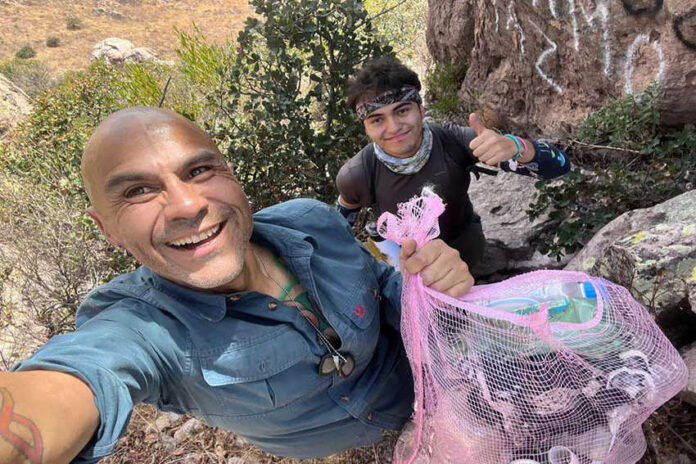Aguascalientes is one of Mexico’s smallest states, occupying only 0.3% percent of the nation’s territory. That doesn’t stop around 8 million people from pouring into the capital, also called Aguascalientes, for its annual Feria de San Marcos, the country’s largest fair.
Those visitors come for concerts, rodeos, bullfights and gastronomy. They might never guess that Aguascalientes is also a great place for hiking and that a few of its citizens dream it may someday attract trekkers from all around the world.

A trail over 100 kilometers long
In 2022, a group of local mountain climbers and hikers, inspired by the famous Camino de Santiago de Compostela pilgrimage in Spain, decided to try creating a similar experience in their own state. Within the space of a year, they had marked out a 114-kilometer trail, which they call El Camino de la Asunción.
The Assumption Trail is named after the patroness of Aguascalientes, the Virgin of the Assumption, and connects centuries-old footpaths.
“This year, participants did the trek from Aug. 8–10,” I was told by Luigi Rivera, one of the project’s founders. “The first night, we camped at the splendid ex-Hacienda de Peñuelas, which was founded in 1575 and is [located on] a World Heritage site [Mexico’s El Camino Real de Tierra Adentro, or the Royal Inland Route], and then we passed the second night at El Sabinal Park, famed for its huge old Montezuma cypresses. It was an incredible experience!”
“By the way, if someone feels pooped out while hiking, we have a sweeper vehicle which picks them up and drives them to where we’ll camp that night.”
Rivera told me there is no cost for participation in these extended hikes.
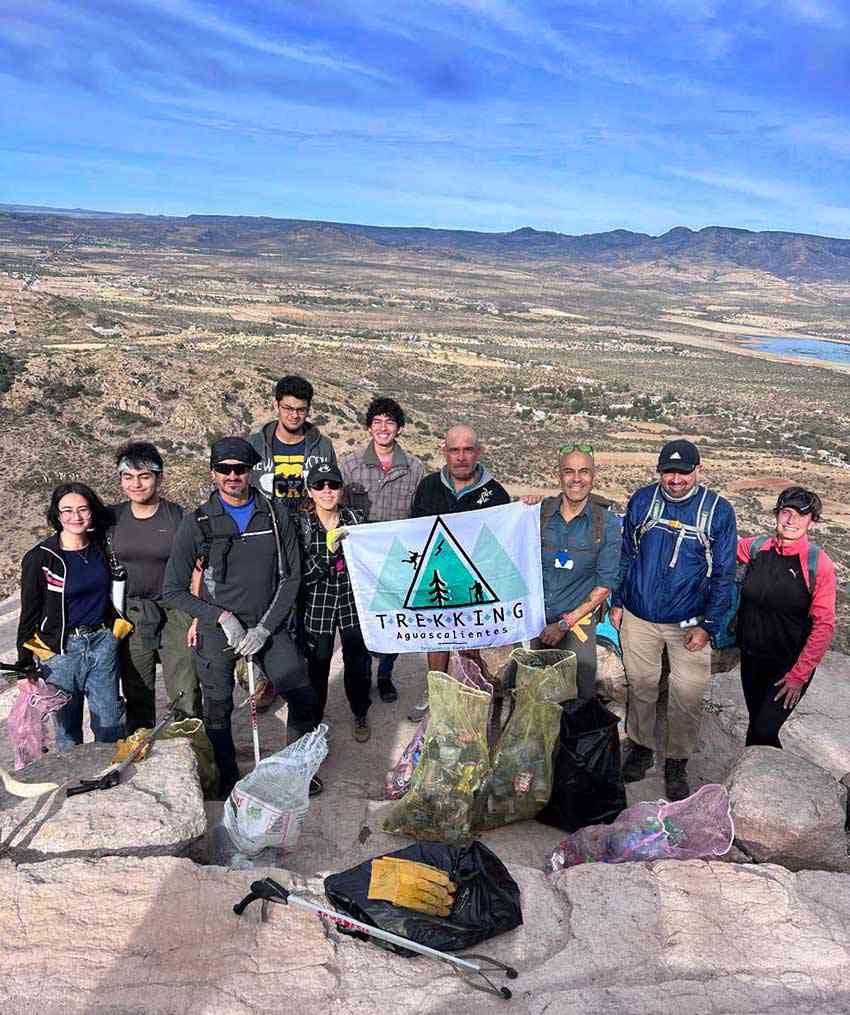
Going from Aguascalientes to Alaska
“There’s one more thing I should say about the Assumption Trail,” Rivera added. “This route takes hikers into the beginnings of the Sierra Madre Occidental, which stretches from here to northern Sonora. From there, it is conceivable one could continue hiking right up the American Cordillera until they reached Alaska. Now that’s what I’d call a serious trek!”
“How about less ambitious hikes?” I asked Rivera. “Where do Hidrocálidos (people from Aguascalientes) go walking on the weekend?”
Exploring the Dead Man
Just a 10-minute drive from the city of Aguascalientes, Rivera told me, there’s a chain of craggy hills 8 kilometers long that, from the right perspective, resembles the silhouette of a man lying on his back with his hands on his chest. People call this El Cerro del Muerto and point out that the man must be dead, rather than sleeping, because the earth is very red around his so-called body. A legend recounts that the Muerto was a Chichimeca priest (a very tall one) who went one day to bathe in a hot spring and never came back. This provoked a war among several Indigenous groups.
During the war, so the story goes, the giant priest reappeared and was hit in the heart by an arrow. He fell over dead, landing directly on top of his people, the Chichimecas, and burying them. To this day, it is said, those who sleep in the Cerro can hear their laments in the middle of the night.
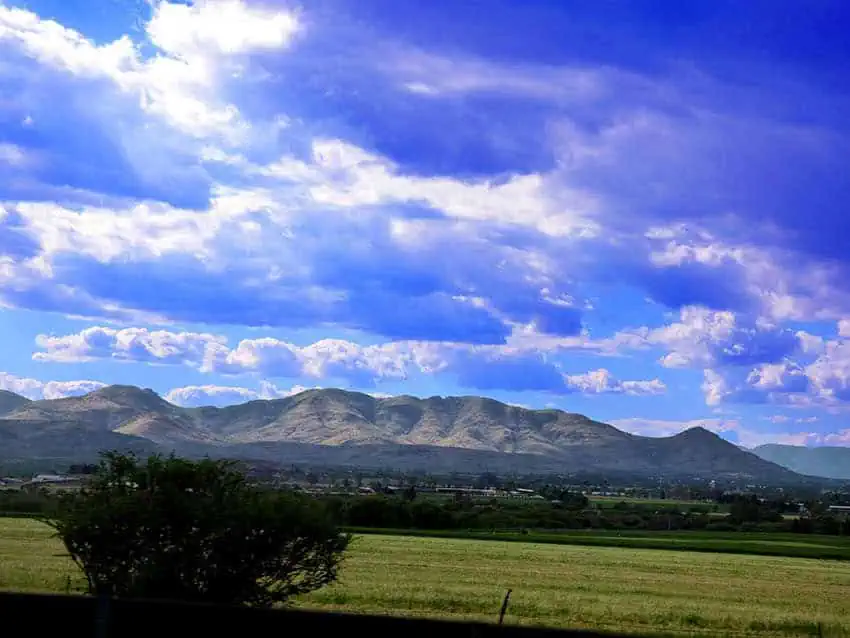
“Walking the entire length of El Muerto takes two hours each way,” Rivera says. “But there are people into trail running who do all of it in less than half that time. The route passes through several ecosystems and was declared a protected natural monument in 2008. It’s a delightful and easy hike.”
Getting exercise and picking up trash
According to Rivera, it was the COVID-19 pandemic that got isolated people out of the city and into the wilderness.
“Before COVID,” Rivera said, “most people only went to the Feet of the Dead Man, a.k.a., El Picacho. They would jump out of the car, climb El Picacho and drive back home. There were only a few nature lovers who would hike the whole length of the body of El Muerto.”
This pandemic-inspired interest in hiking had its pros and cons.
“People connected with nature,” he said. “But they also left trash everywhere.”
So Rivera worked with the city on a campaign to clean up the entire length of the Cerro del Muerto.
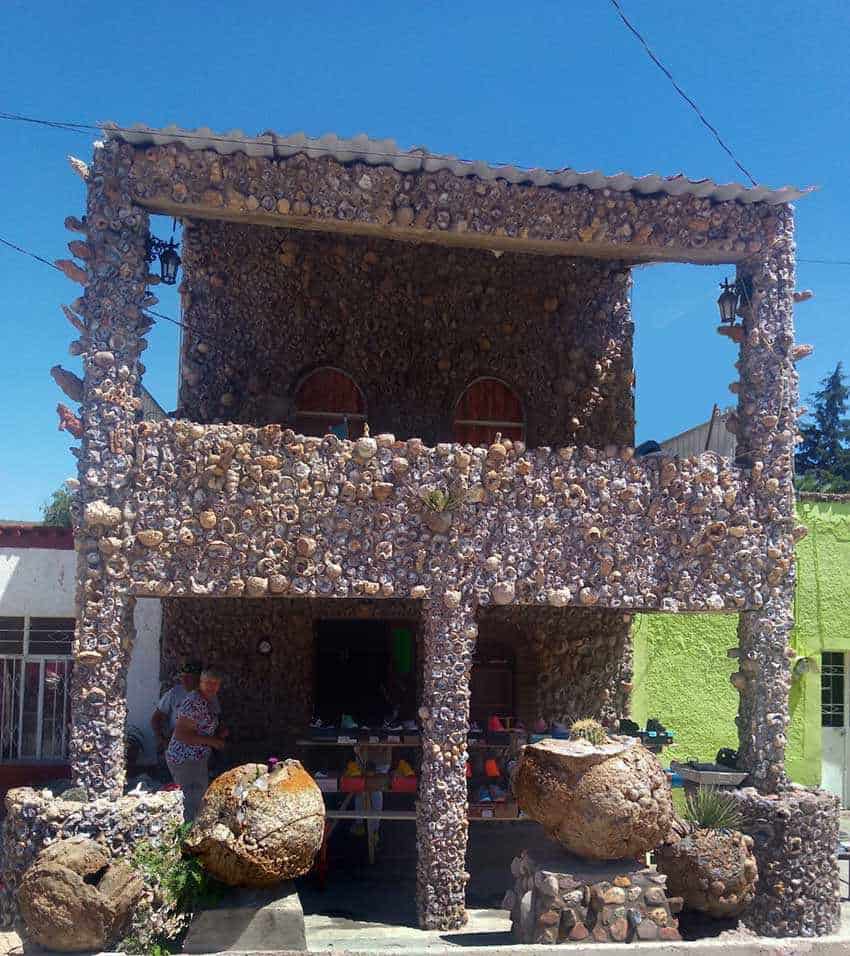
Magical Town, magic hike
Another pleasant hike in this area is from the Pueblo Mágico of Real de Asientos to the Cerro Altamira.
Real de Asientos, a 40-minute drive from the capital, is a picturesque little mining town built from pink quarried stone and dating back to 1647. It’s also home to La Casa de las Geodas (The Geode House), whose walls are covered with these extraordinary rocks that, when broken open, are often filled with beautiful quartz or calcite crystals.
“The hike to Altamira is 4 kilometers one way,” Rivera told me. “You start on the outskirts of Asientos, and from there, it’s all uphill. The altitude gain is about 500 meters, and the route takes you past a rejuvenated mine from which they’re extracting gold and silver. It’s a good climb to the peak, which is 2,600 meters high. Once you are on top, you have a great view and will probably see the phenomenon known as a lenticular cloud. They’re lens-shaped and look something like UFOs. I find them enchanting!”
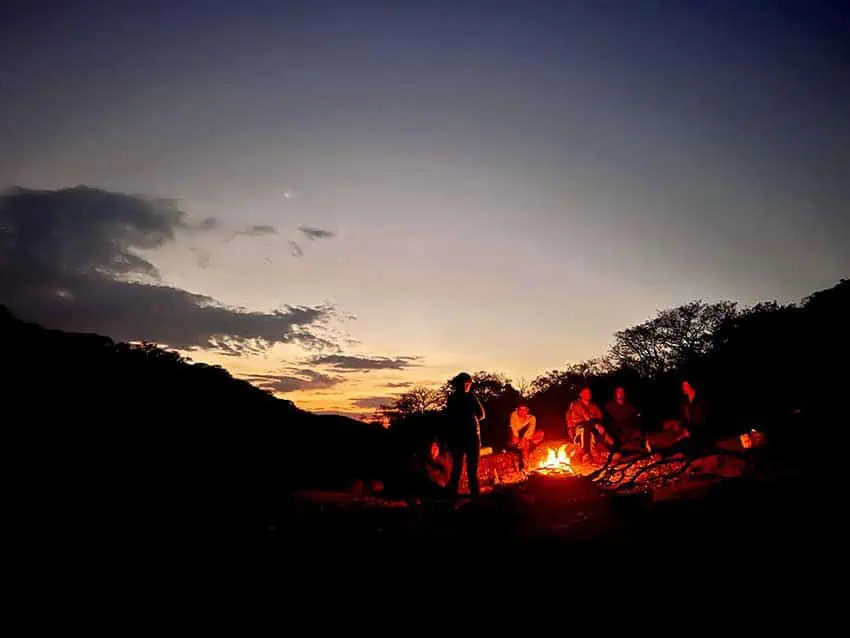
“So you see, Aguascalientes is much more than the Feria de San Marcos!” Rivera tells me.
The routes to Cerro del Muerto and Cerro Altamira are very well-known, and you’ll find lots of local people quite happy to act as your guide.
John Pint has lived near Guadalajara, Jalisco, for more than 30 years and is the author of “A Guide to West Mexico’s Guachimontones and Surrounding Area” and co-author of “Outdoors in Western Mexico.” More of his writing can be found on his website.
